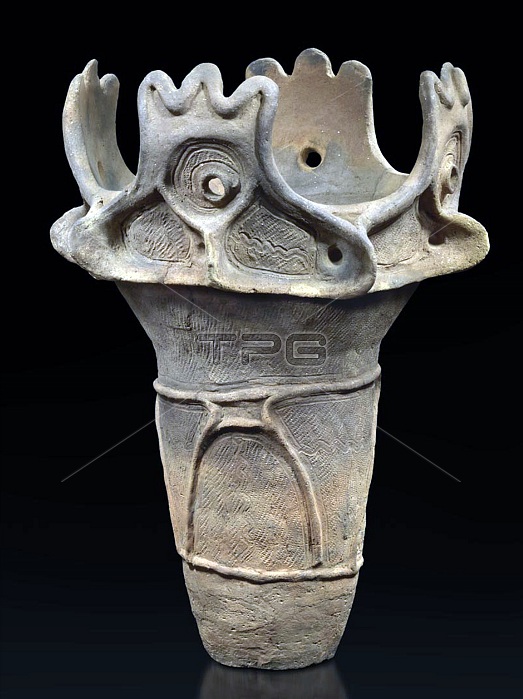
The Jomon period is the time in Prehistoric Japan from about 16,500 years ago to about 2,300 years ago when Japan was inhabited by a hunter-gatherer culture, which reached a considerable degree of sedentism and cultural complexity.
The name Jomon or 'cord-marked' was first applied by the American scholar Edward S. Morse who discovered shards of pottery in 1877. The pottery style characteristic of the first phases of Jomon culture was decorated by impressing cords into the surface of wet clay. This pottery, dated to around 16,000 years ago, seems to be the second oldest in the world
| px | px | dpi | = | cm | x | cm | = | MB |
Details
Creative#:
TPG32678482
Source:
達志影像
Authorization Type:
RF
Release Information:
須由TPG 完整授權
Model Release:
No
Property Release:
No
Right to Privacy:
No
Same folder images:

 Loading
Loading